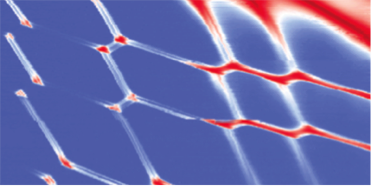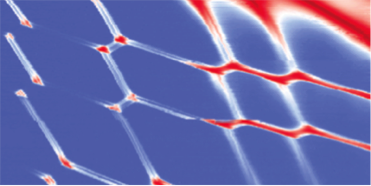The Hunting of the Majorana Fermion
Particle physicists have long known about Majorana fermions—particles that are their own antiparticles—since they were proposed by a Sicilian physicist in the 1930s to sort out symmetries between electrons and positrons. More recently, researchers have trained their sights on these particles for quantum computation: Majorana particles have quantum states that resist decoherence caused by contact with the outside world. The search for these potentially valuable particles has become intense. Writing in Physical Review Letters, Stevan Nadj-Perge at Delft University of Technology, Netherlands, and colleagues report experimental studies of a nanostructure that may offer the best hope for demonstrating their existence.
Most theoretical prescriptions for the generation of Majorana particles rely on a strong spin-orbit coupling, the interaction between an electron’s spin and its orbital motion. Spin-orbit coupling can enforce a peculiar helical liquid state in which spin-up particles only move to the left, and spin-down particles only move to the right. Nadj-Perge et al. show that strict material requirements for Majorana particle demonstration are indeed satisfied in the case of indium-antimonide nanowires. They use electron spin resonance spectroscopy to map out the magnitude and orientation of the spin-orbit effect in the double dot formed by dividing the nanowire with electric gates; the results point to an ideal nanostructure to create and detect Majorana fermions. Already, the hunt is on for these elusive particles, with the Delft research team reporting their generation and detection at the APS March Meeting (now appearing in the April 12 2012 issue of Science Express). – David Voss





